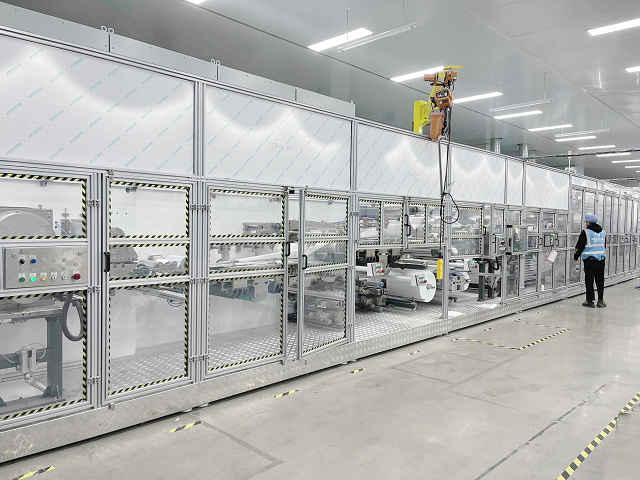Author:Haina Machinery Factory FROM:Diaper Machinery Manufacturer TIME:2024-12-26
Diaper machines play a crucial role in the production of disposable diapers, ensuring efficiency and quality in manufacturing. However, like any machinery, they can encounter issues that may disrupt operations. Understanding how to troubleshoot common problems can save time and money, ensuring smooth production flows. In this article, we will explore various common issues faced by diaper machines, providing practical solutions for each. Whether you are an operator, technician, or manager, these troubleshooting tips will help you maintain optimal performance in your diaper manufacturing process.

One of the most frustrating problems is when the diaper machine fails to start. This issue can stem from several sources, including power supply problems, faulty control systems, or emergency stops being engaged. Begin troubleshooting by checking the power supply; ensure that the machine is plugged in and that circuit breakers have not tripped. If the power supply is functioning correctly, inspect the control panel for any error codes or alerts that might indicate a malfunction. If necessary, reset the emergency stop button and attempt to restart the machine.
Material jams are a common challenge in diaper manufacturing. These can occur due to misalignment, foreign objects, or worn-out components. To resolve this issue, first, turn off the machine and inspect the area where the jam has occurred. Remove any obstructions and check for misalignment in the feed system. Regular maintenance checks can help prevent jams by ensuring that all components are in good condition and correctly aligned. Consider implementing a routine inspection schedule to address potential issues before they affect production.

Inconsistent quality in produced diapers can lead to increased waste and customer dissatisfaction. This problem may arise from several factors, including improper material handling, incorrect machine settings, or maintenance issues. Start by reviewing the specifications of the raw materials being used; ensure they meet the required standards. Next, check the machine settings, such as temperature and pressure, to confirm they align with production requirements. Regular calibration and maintenance of the machinery will also contribute to consistent output quality.

Excessive noise and vibration can indicate underlying mechanical issues that need to be addressed. Common causes include loose components, misaligned belts, or worn bearings. Start by inspecting all bolts and screws to ensure they are tight and secure. Examine the belts for signs of wear or misalignment, and adjust them as necessary. If the problem persists, it may be beneficial to consult with a technician who can conduct a thorough inspection of the machine's internal components.
Electrical failures can halt production and require immediate attention. Symptoms of electrical issues may include flickering lights on the control panel, erratic machine behavior, or complete failure to operate. First, check all wiring connections for damage or loose connections. If visual inspections do not reveal any obvious problems, use a multimeter to test voltage levels across various components. Identifying and addressing electrical issues promptly can prevent further damage and costly repairs.
Modern diaper machines often rely on sophisticated software for operation. Software glitches can cause malfunctions or shutdowns. If you suspect a software issue, start by rebooting the system to see if the problem resolves itself. Ensure that the software is updated to the latest version, as manufacturers often release patches to fix known issues. If problems persist, consult the machine's user manual for specific troubleshooting steps related to the software, or contact technical support for additional assistance.
The environment in which the diaper machine operates can significantly impact its performance. Factors such as temperature, humidity, and dust can affect the machinery's efficiency and output. Maintain a clean production area and monitor environmental conditions regularly. Implementing climate control measures can help maintain optimal operating conditions, reducing the likelihood of machine issues related to external factors.
Many machine issues can be traced back to insufficient operator training. Well-trained operators are essential for identifying problems early and taking corrective action. Ensure that all personnel receive comprehensive training on machine operation, maintenance, and troubleshooting protocols. Regular refresher courses will keep operators updated on best practices and new technologies, ultimately enhancing overall productivity and reducing machine downtime.
Troubleshooting common diaper machine issues is vital for maintaining efficient production and ensuring high-quality output. By understanding potential problems and implementing proactive measures, operators can minimize downtime and enhance overall productivity. Regular maintenance, operator training, and a keen eye for detail are key components in the effective management of diaper manufacturing equipment. By following the guidelines in this article, you can equip yourself with the knowledge necessary to tackle issues as they arise, keeping your production line running smoothly.
